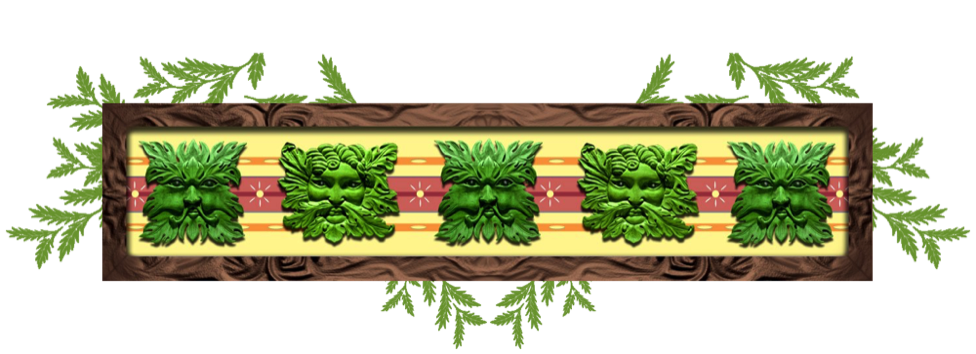As the earth warms up, so does the libido of young men and women. A mixture of merry making, spring rites and fertility dances link the rhythmic stomping of the Morris dancers and the twirl around the Maypole which is performed in the beginning of May. These cheerful customs are still enjoyed in some European villages, at a few places in New England and are also carried out by various expatriate around the globe.
Morris are teams of individuals (also known as “sides”) who meet on a regular basis to rehearse choreographed steps and perform the dances in pubs, on the streets or village greens and fairgrounds at the onset of Spring. With their colorful accessories, joyous music and diverse dance interpretations they represent the cycle of growth each spring.
With origins in Pagan Germany the cutting of a tree trunk, brought from the woods in procession by strong men to the village center, retains its symbolism of fertility. The Maypole dancers holding long ribbons, tied at the top of the pole, weave colorful patterns as they saunter around it in counter clockwise motions.
Variations on those themes can be seen in photographs here with a musician and several Morris Dancers holding handkerchiefs or sticks at St Columba’s chapel in Middletown, Rhode Island, USA. The Maypole ribbon weaving and the hoisting of a flower cone from the horse rider to the top of the steeple are from Castleton, England.

